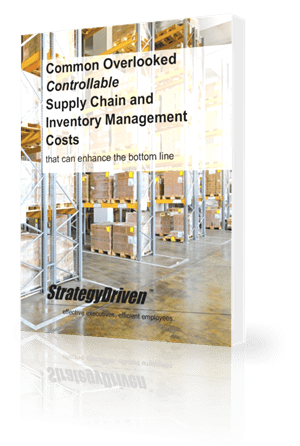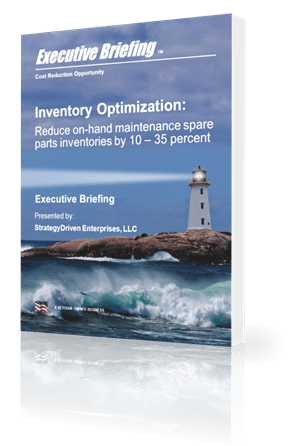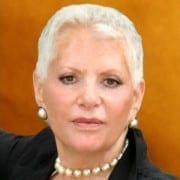Where Have All the Leaders Gone?, part 2 of 6
Leadership Role #1: Reading the World and Creating a Vision
No business is an island. Each organization exists within a rich and ever-evolving set of social, economic, political, cultural, and institutional environments. To a large degree, an organization’s success depends on how well it positions itself in the world. Therefore, one of the most important competencies of leadership is the ability to read the world. This means a leader must be well informed about emerging trends and developments in multiple areas that affect the business.
Grounded in his or her interpretation of where things appear to be headed, an effective leader creates a vision for the organization’s competitive strategy – paving the way for long-term competitive domination.
The capacity to create a powerful vision requires several distinct competencies:
Hi there! This article is available for free. Login or register as a StrategyDriven Personal Business Advisor Self-Guided Client by:
Subscribing to the Self Guided Program - It's Free!
About the Author













Leave a Reply
Want to join the discussion?Feel free to contribute!